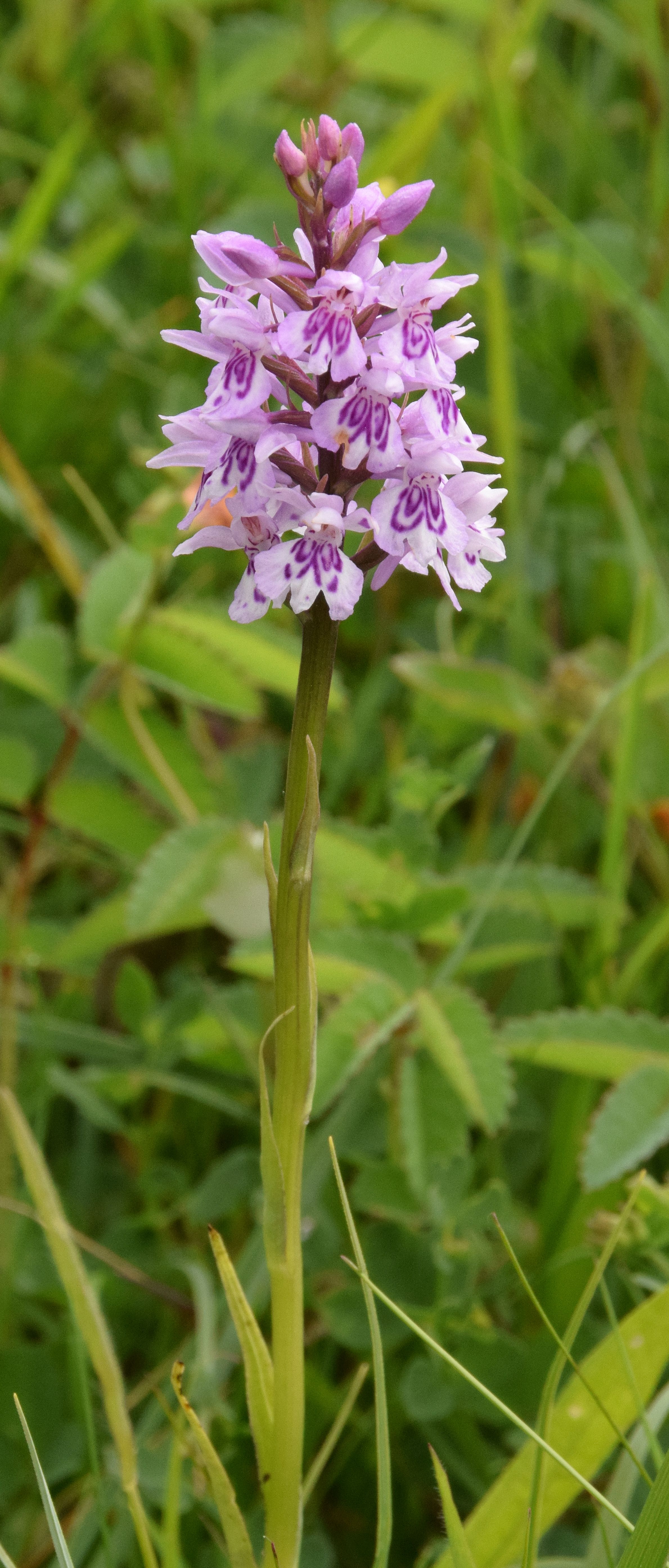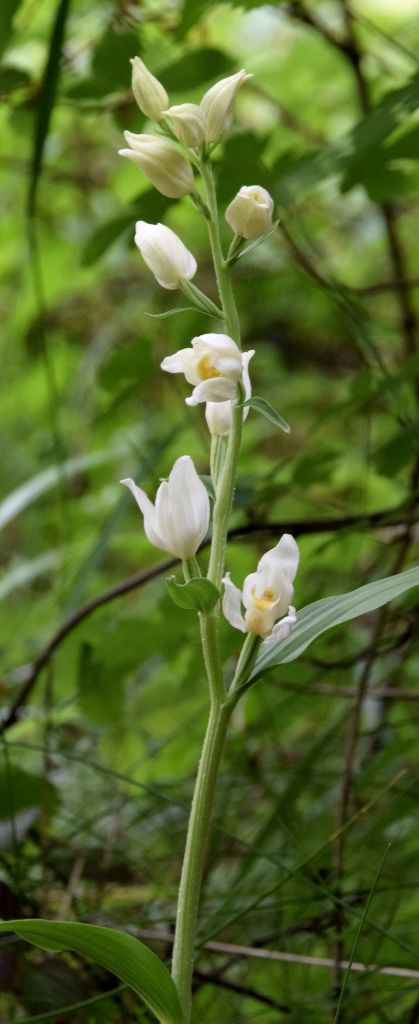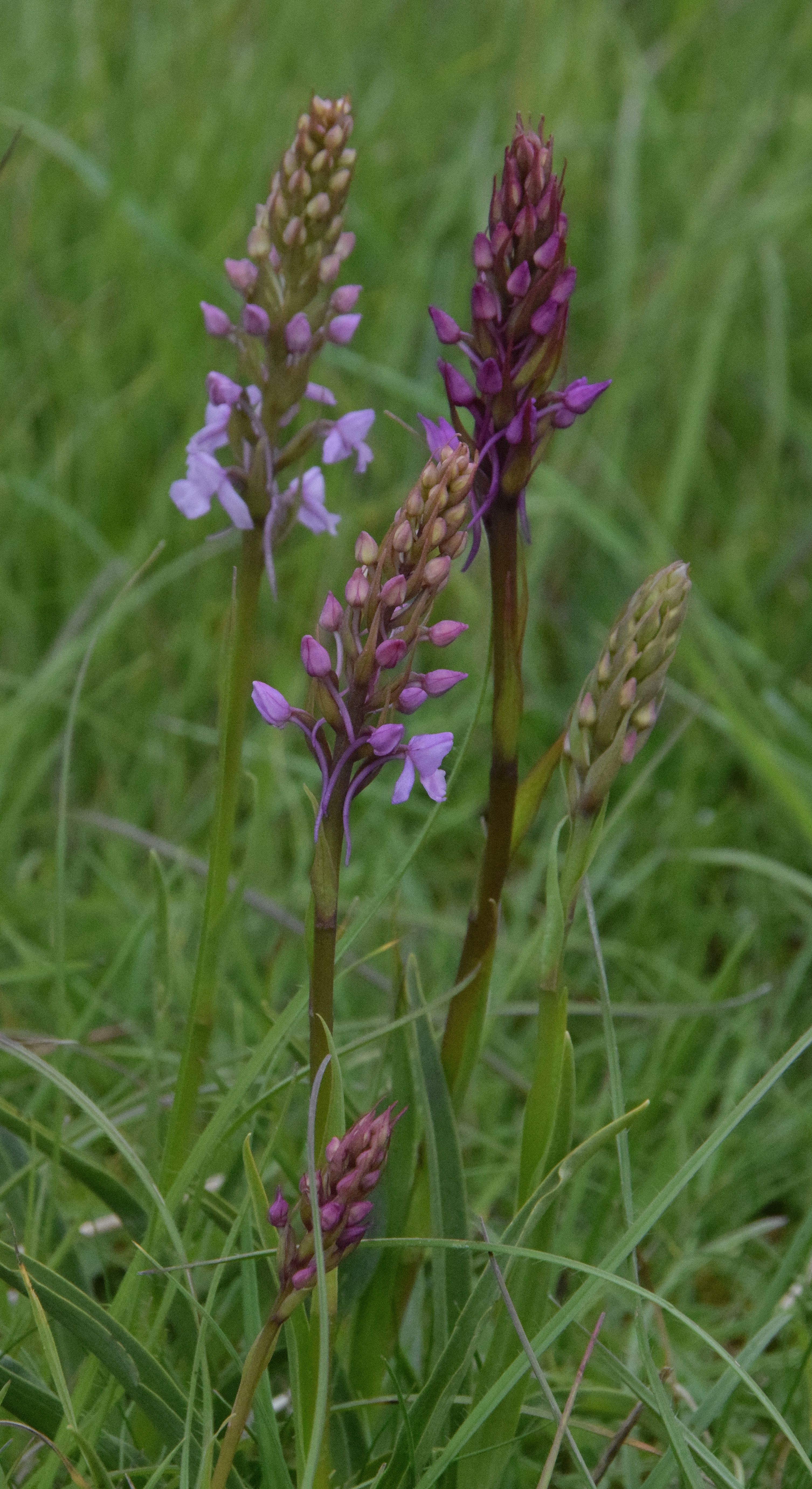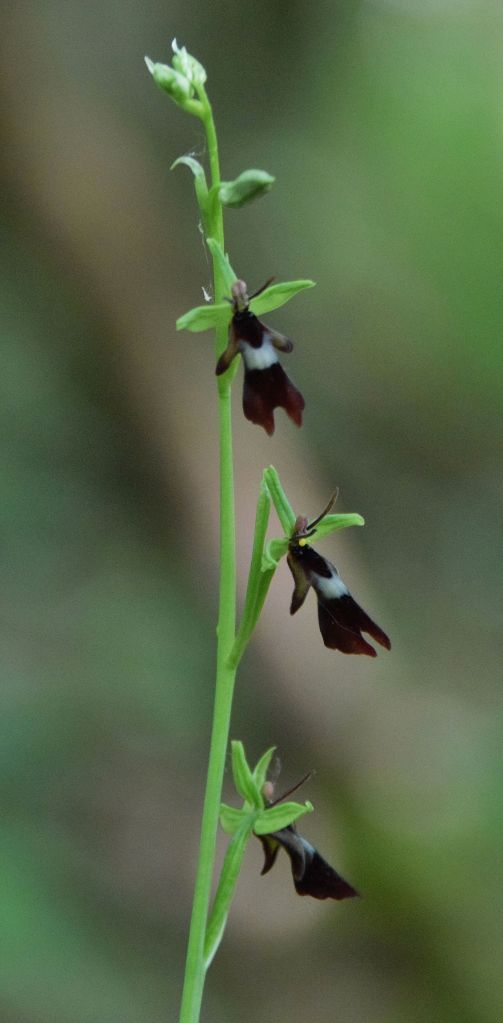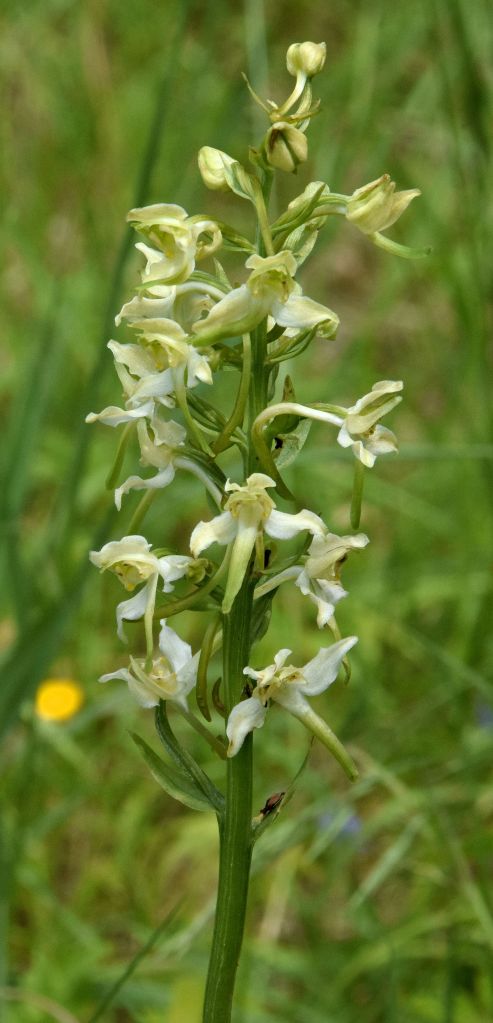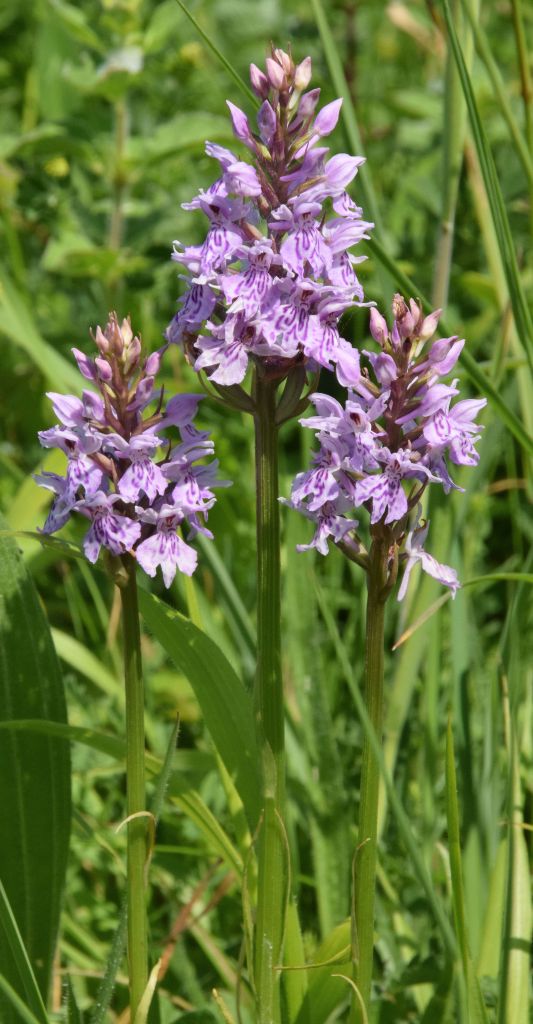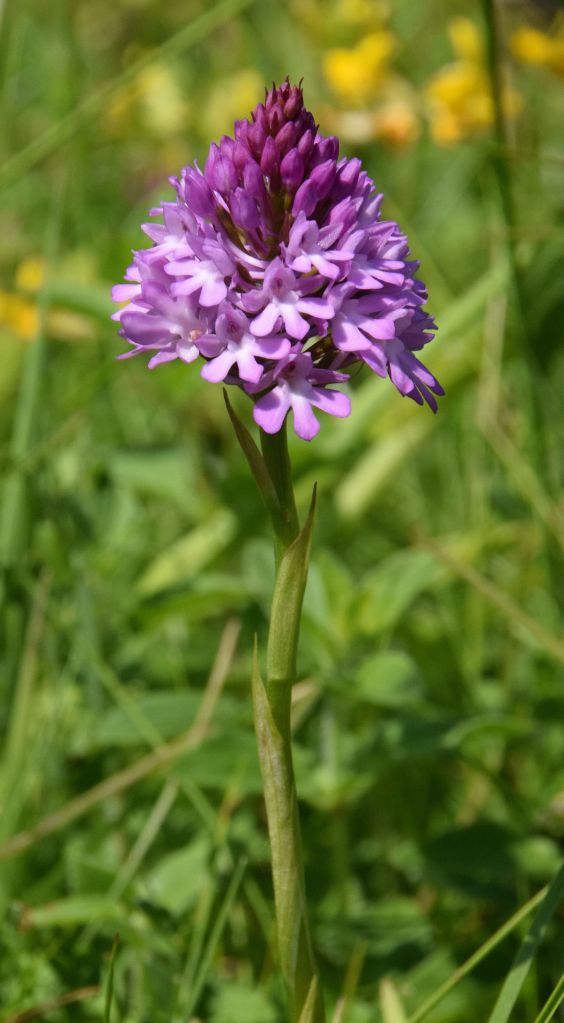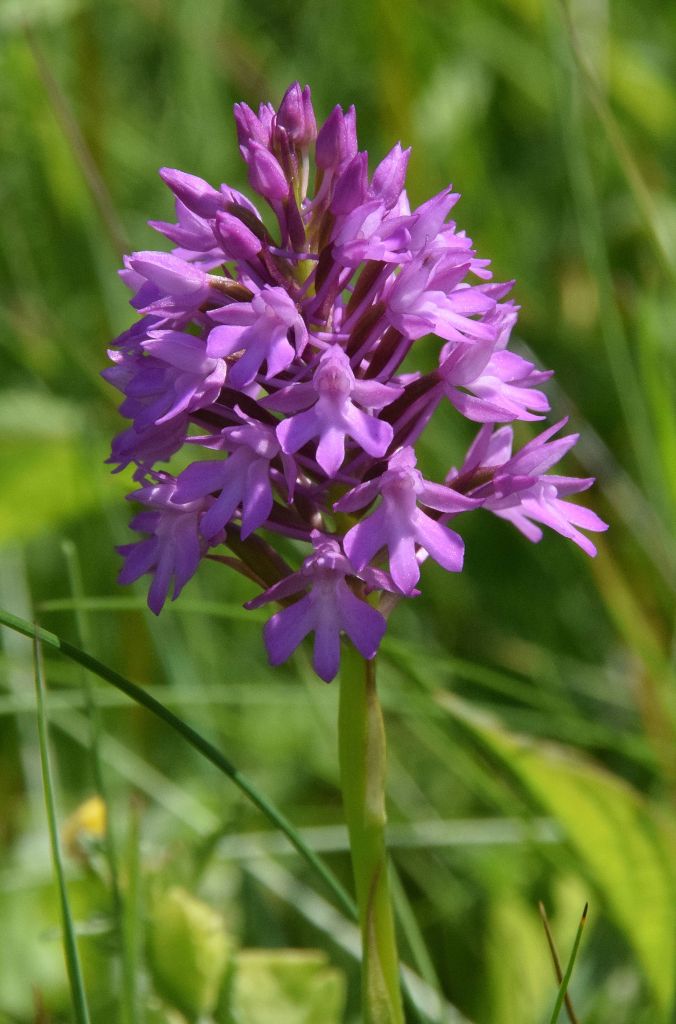My interest in this region of France arose out of reading, at some time during the Covid years Naturetrek trip reports from an annual tour that comes here. Those quoted a plentiful range of Odonata being resident in the department of la Vienne and la Brenne Parc Naturel, lying broadly east of the city of Poitiers, a little over half-way between Paris and Bordeaux. Back then I decided I might relish the challenge of looking into it under my own steam.
Hence I included a three-day exploratory tripette in my agenda for 2023, subject to suitable weather conditions prompting another spontaneous departure. The expectation had been to travel by rail via Eurostar and Paris, that turned out to be worth almost £150. But finding that Poitiers has an airport to which conveniently timed Ryanairs from Stansted go for a walk on fare of £36, the whole thing seemed meant. And so I jumped on one of the latter.
The logistics turned out to be just as favourable. A 3km walk from the airport, there being as things turned out no buses, brought me to Poitiers’ TGV station opposite which was my suitable stop-over hotel for £42; and the car hire offices are in the same boulevard. Hence on the summer solstice morning of Wednesday 21st I collected my vehicle and set out upon the 20 km drive north-east to the Réserve Naturelle Nationale du Pinail, a 142 ha (350 acre) peat bog containing more than 3000 water-filled hollows created by past millstone quarrying.


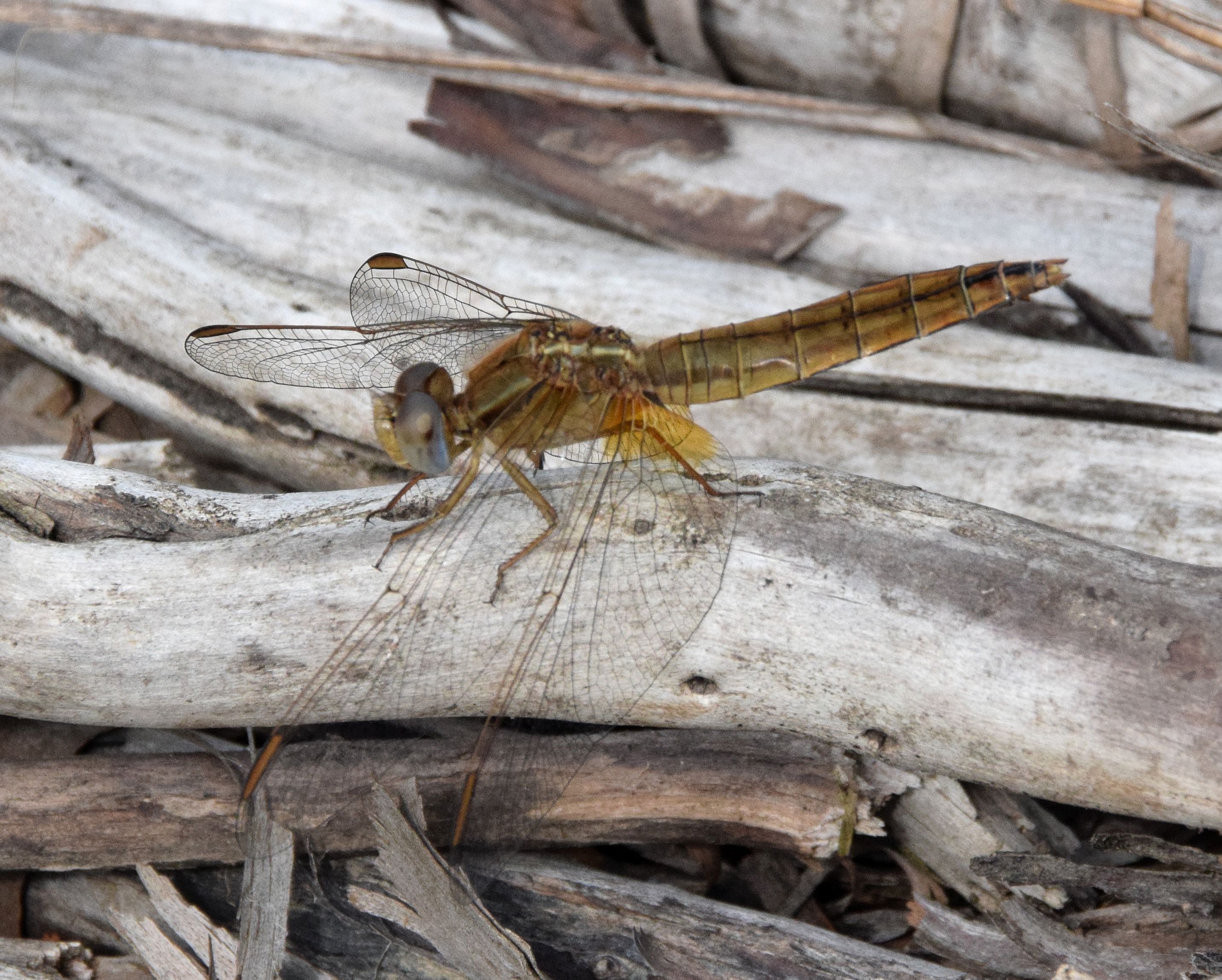
Small Pincertail (male – top right) and Broad Scarlet (female – bottom right)
I made a number of circuits of the visitor trail (marked orange then white, above left) through the day. If you come here yourself start at the second, lower parking area in the illustration. The location is favoured by outlier populations of the Whiteface dragonflies, that France hosts five species of compared to Great Britain’s one. I was prioritising twin lifers Yellow-spotted (or Large) and Lilypad Whiteface but found neither. The Naturetrek group had double-connected for the first time here in 2022.
This was outstanding Odo habitat but vast and seriously off-piste, with limited opportunity to get down amongst the bog pools without heavy duty waterproof clothing such as angling waders. So as in Nestos Gorge in Greece last month I more or less had to rely upon what might perch close to the track. Every so often something did so, a token duo of which are presented above right. Whiteface emergence times vary season upon season to complicate the equation. Ultimately one day visiting solo proved an insufficient window in which to gain the desired results.
The butterfly highlight was a lifer, Large Chequered Skipper. The individual pictured below left was the only one to pose for the camera, but on reading up on the species back at home I realised I had crossed paths with several more. This insect has a highly distinctive, bouncy flight pattern which is described as resembling pogo-sticking on an invisible band of elastic, with little sense of direction. I noticed this in fly-bys over and again, but all bar one were not inclined to settle. The drab upper-side is rarely seen since LCS perches with wings closed. At rest the black-ringed, oval white under-wing spots on a yellow background identify this item unmistakeably; giving it the name le Mirroir in France from the suggestion of beads of condensation on a looking glass.
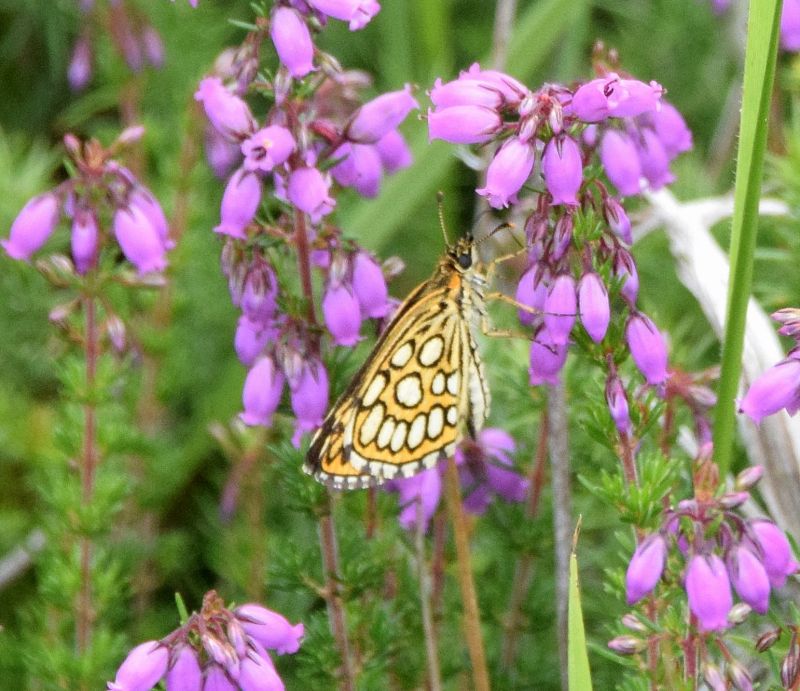


This most remarkable Skipper occurs across much of central and eastern Europe, though is absent from large areas and often localised. There are outlier populations elsewhere, including south-west France. The food plants are various grasses, on which the larvae feed then hibernate in a tube made from a folded blade. Adults fly in a single generation in late June and July. LCS mostly inhabits damp woodland clearings or sheltered hillsides, but is also a Pinail speciality. So having read that before visiting I was very glad to have come here at the right time to convert it.
I was also pleased to gain first ever pictures of Short-tailed Blue (above, centre). Though widespread across continental Europe in two broods from late April to August, I had encountered the species far less often in the past than the Lang’s variety. The patchily distributed former frequents flowery grassland and clearings amongst bushes and trees, often flying low and inconspicuously amongst vegetation as was my experience here. By far the most frequent butterfly in this location today was Pearly Heath (above right), most of which were rather past their best.
Being in France I appreciated having caught up with Edible Frog (above), an amphibian I had not recorded previously. These occur across much of Europe from here to western Russia, Estonia and Sweden, and northern Italy. Like other water frogs (Marsh and Pool) these are often active by day and like to bask in the sun. Males are usually green, paler in the breeding season, with dark brown or black spotting. Despite the name, this species is not alone in being a food for humans in different regions.
Common Wall Lizard (above) was a frequent encounter. There are 17 very similar, regional European species in this genus of reptiles, of which I had observed seven previously, and I assume this one is the “default”. It has a larger head and limbs than the British Viviparous (or Common) Lizard, and as with all small Lacertae exhibits very variable patterning. Most individuals are brownish or grey, often with black and white bars on the sides of the tail.
Unfortunately the next day, 22nd was washed out completely, which is always frustrating. So after calling in at visitor centres in la Brenne Parc Naturel to enquire about the best Odo locations I filled the time in any way possible. Later in the afternoon I reconnoitred a third site Étang de Plaisance that is said to host several species not found in the British Isles. But I encountered just two dragonflies there in heavily overcast conditions that persisted once the rain stopped.



That is where I started on Friday 23rd, a humid sunny day once more. The only dragonfly on the wing, though in good numbers was White-tailed Skimmer (above) that I had observed previously at Lake Kerkini, Greece in 2017. This patchily distributed species gets the name from its white anal appendages that stand out very clearly in flight. It has a generally sleeker build and jizz than the familiar Black-tailed Skimmers at home. From this region of France WTS ranges across much of south-eastern and central Europe then onward as far as China and Japan.
I had expected this location to be much wilder, but it was actually recreational in character and populated by not very welcoming anglers. It would probably have repaid more thorough inspection but I didn’t want to remain for too long before making the hour’s drive north to the Parc naturel régional de la Brenne. The vast 166,000 ha (410,195 acre),1672 sq km complex of marshland, reed beds, moors, prairies and woods contains 47 separate communes, more NNRs and over 2000 lakes and ponds
Arriving in the late morning I set about exploring the places recommended a day earlier. The first was an area designated la Réserve naturelle nationale de Chérine (above). This contains a 3 ha (7.4 acre) prime odonata site Terres de Picadon where I spent an hour making two circuits of the visitor trail which leads through several small to medium ponds, some specially created and each with a character of its own. As at Pinail actually walking around the water’s edge was not possible, and from the fenced-off access points no species of note were encountered. But my attention was caught by very fresh Great Banded Grayling (pictured below), that like all of their genus had a penchant for perching prominently on posts.


Great Banded Grayling
Next I moved on to Terres de Renard, a large étang around two sides of which runs a visitor trail that seemed to go on for ever. Once again I felt dependent on what might actually show itself close by the path and there was an array of common butterflies and other insects, but no real opportunity to observe dragonflies at close quarters. I kept hoping for Orange-spotted Emerald suspended within the track-side vegetation, or the enigmatic Western Spectre, but was not successful. Then after turning back things became a little bizarre.
I have never come face to face with a Crayfish before, but now a strange creature almost erupted out of the ground in the middle of the track as I walked. It seemed to display a similar lack of cohesion to the aforementioned Large Chequered Skippers, twisting round and round with limbs flailing in all directions. This was not just any but a north American Red Swamp Crayfish, which is classed as an invasive alien pest. Clearly they are well established here, as I had already noted a carcass, several severed claws and a cut in two Slow Worm along the trail; evidence I expect of their predatory habits.
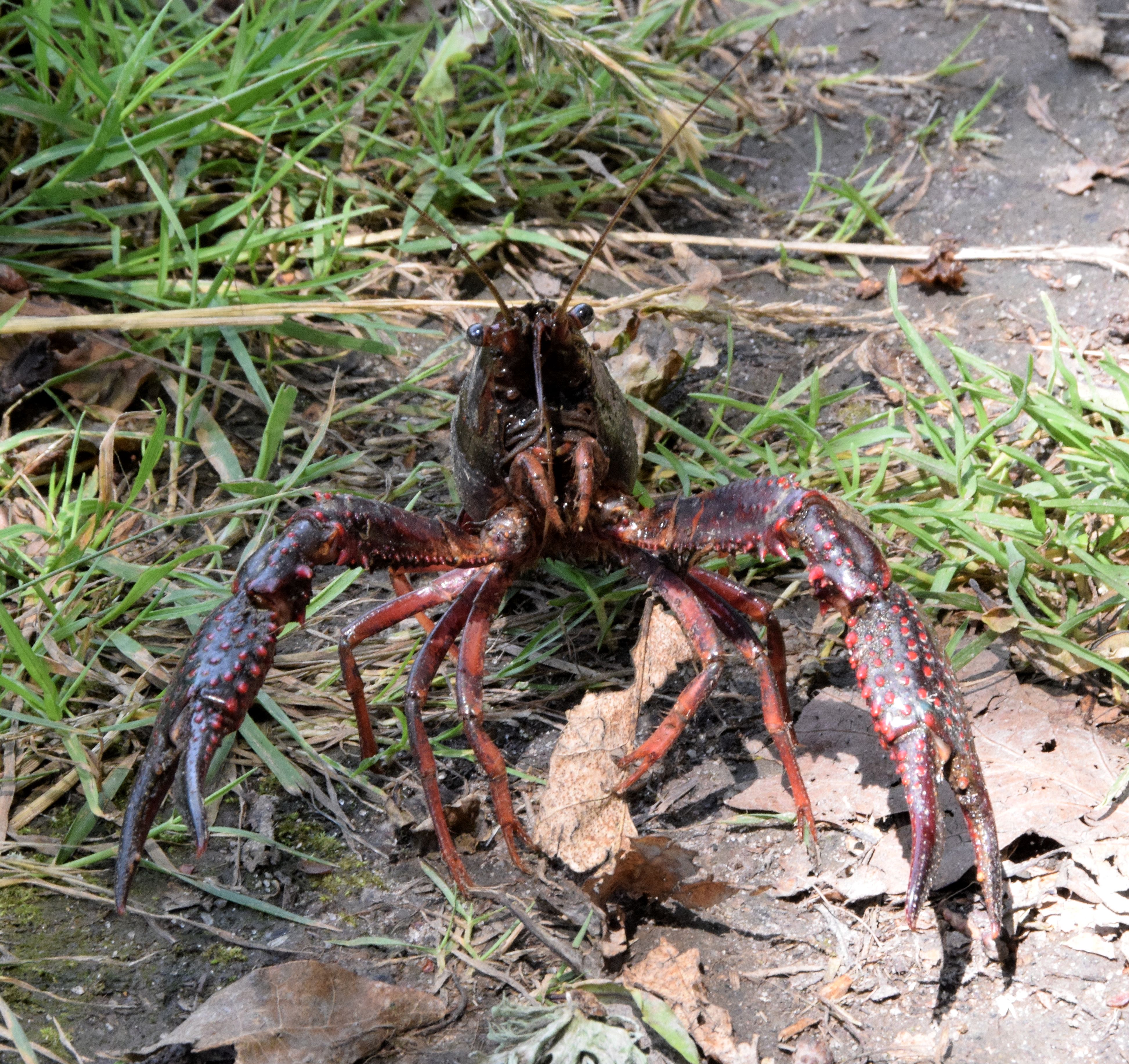

A close encounter of the Crayfish kind
Wondering if my assailant’s odd posture was due to being half out of a burrow I gave it a little encouragement with a stick. Back at home I learned these crustaceans are indeed great burrowers. Now it rose up to face me head on and upon training the camera on it I could feel the dark, sharp little eyes glaring straight back at me. I am not sure if this (above right) is the threat posture or whether the Crayfish just liked having its picture taken.
At the parking area I had time for one more site visit before another hour’s drive back to Poitiers and the airport, and so transferred a short distance to Massé-Foucalt (no 2 on the map above). Parking in le Blizon I walked an interesting trail through more étangs and it was here that I at last gained two tripette odo lifers. Common Winter Damselfly (pictured below) as the name suggests is widespread throughout continental Europe south of the Baltic and has a season-long flight period. They occur around all kinds of well-vegetated standing waters. But we don’t have them in Blighty, and upon realising when compiling this post I had indeed self-found something new my little heart leaped.
That sense of satisfaction grew when I matched the item below to female Small Spreadwing (or Emerald). This is the most delicate of the European Spreadwings of which I have now observed all but one. For me the clearest diagnostics are the whitish sides to the brown ptreostigma (wing tags), and yellow back of head that just about shows in the image. Like CWD the species also has a wide continental distribution, and flies from April to November, its exact season varying from region to region. Neither of the two damselflies featured here were trip targets, I just self-found them at random which is what these off-beat, wandering exercises are all about.
Small Spreadwing
In the time I had allowed and with the lost rain day it was possible only to carry out an interesting if not over-productive reconnoitre in the “Land of a Thousand Lakes” as La Brenne is known. But this pleasant, unhurried region of rural France passed the always tricky test of what works or not in solo travel. There is huge potential for future visits here, especially given the convenient and affordable flights to Poitiers, and I now have an evolved alternative to re-working the British insect lists each summer if I wish.












